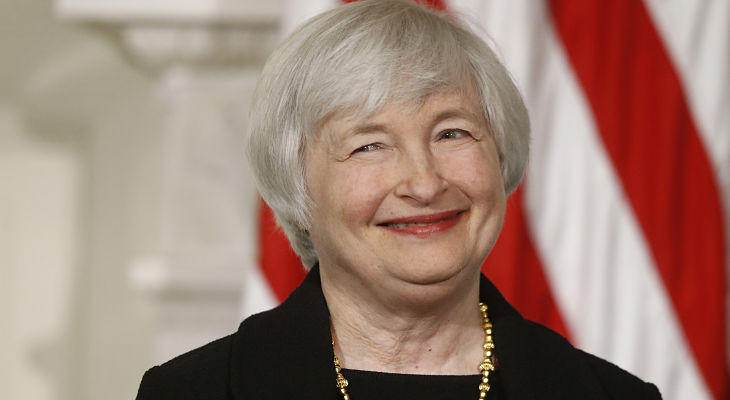Nevertheless, many do not expect the Federal Reserve to quickly raise rates, so we may be in for an extended historically low interest rate environment even after a small hike. Consequently, dividend-paying stocks may be the right answer for income seekers.
“Interest in dividend-yielding stocks may persist given historically low bond yields and an aging demographic, with income needs better met through an investment in higher yielding equities,” according to Fidelity. “Dividend for Rising Rates prioritizes income producing securities, aiming to deliver higher relative dividend yield.”
Dividend growth as a means of trumping inflation could and arguably should serve to highlight the advantages of the ETFs that focus on dividend growth stocks, such as FDRR. That group is comprised of well-established ETFs that emphasize dividend increase streaks as well as a new breed of funds that look for sectors chock full of stocks that have the potential to be future sources of dividend growth.
For instance, FDRR is filled with robust names like Apple (NasdaqGS: AAPL) 3.5%, Microsoft (NasdaqGS: MSFT) 3.0%, Johnson & Johnson (NYSE: JNJ) 2.5%, JPMorgan Chase & Co (NYSE: JPM) 2.2% and Exxon Mobil (NYSE: XOM) 2.0%, among others.
Stocks with steady yields reassure investors of a company’s strong financial health. Additionally, dividend-paying stocks typically outperform those that do not pay over the long haul, with less volatility, due to the compounding effect of dividends on the investment’s overall return. Over the past 40 years, companies that boost payouts have proven to be less volatile than their counterparts that cut, suspended or did not initiate or raise dividends.
